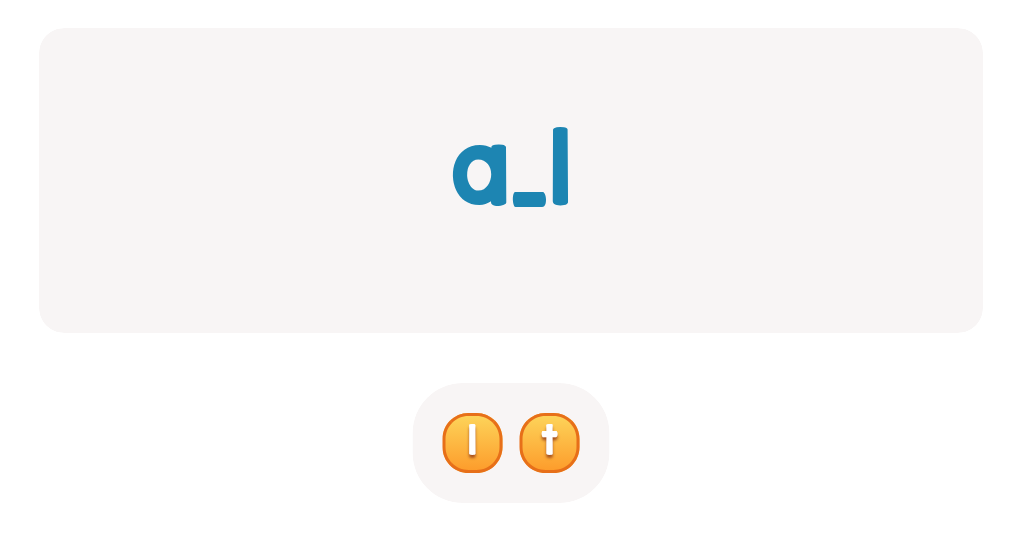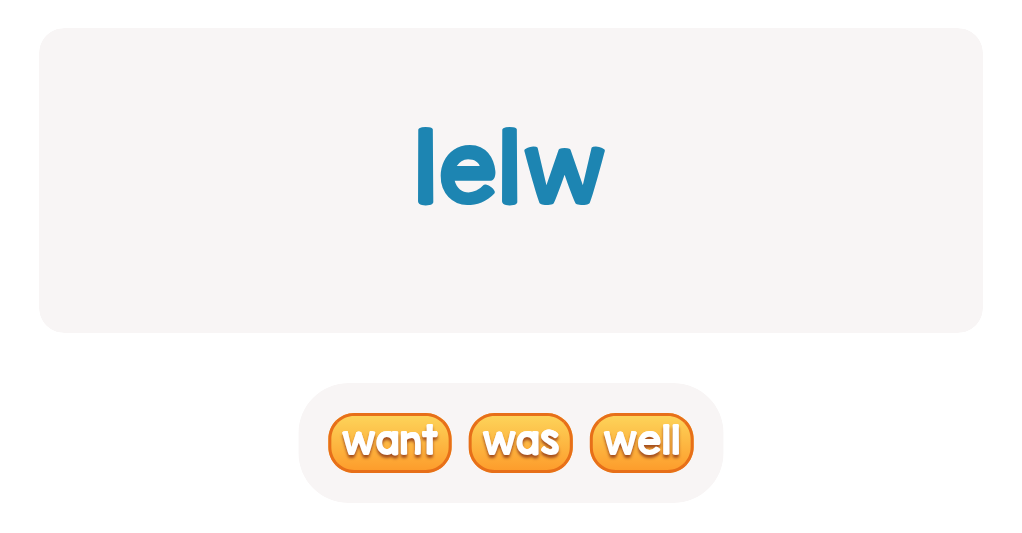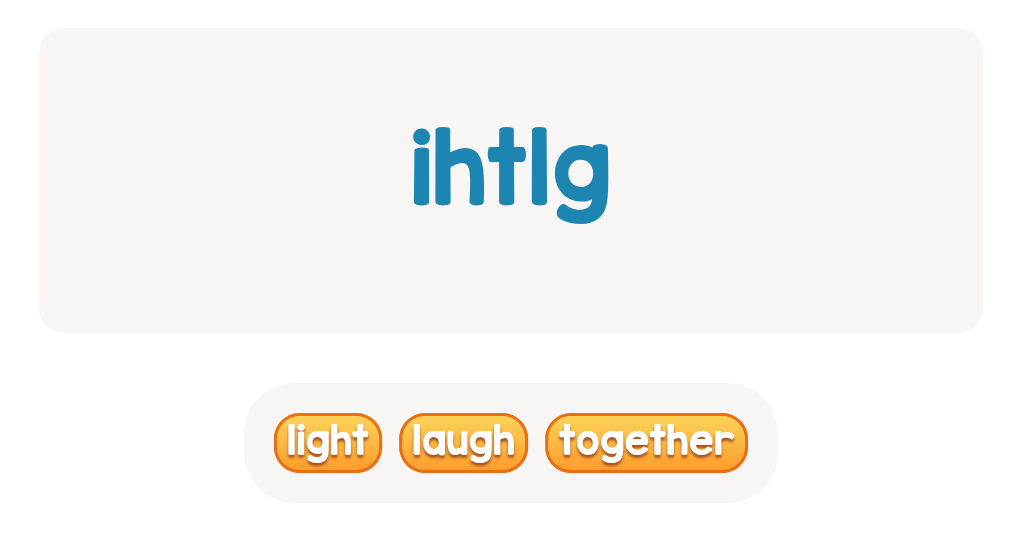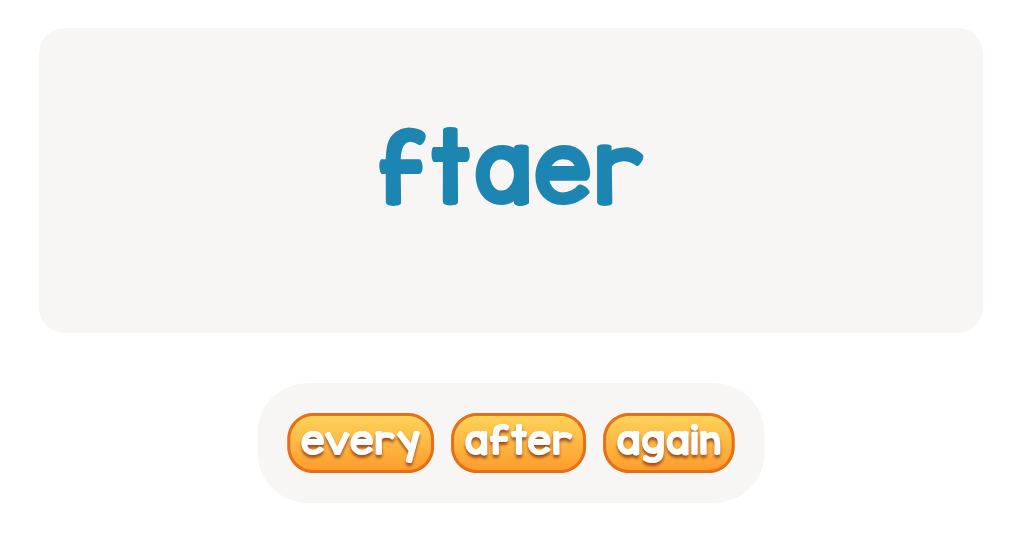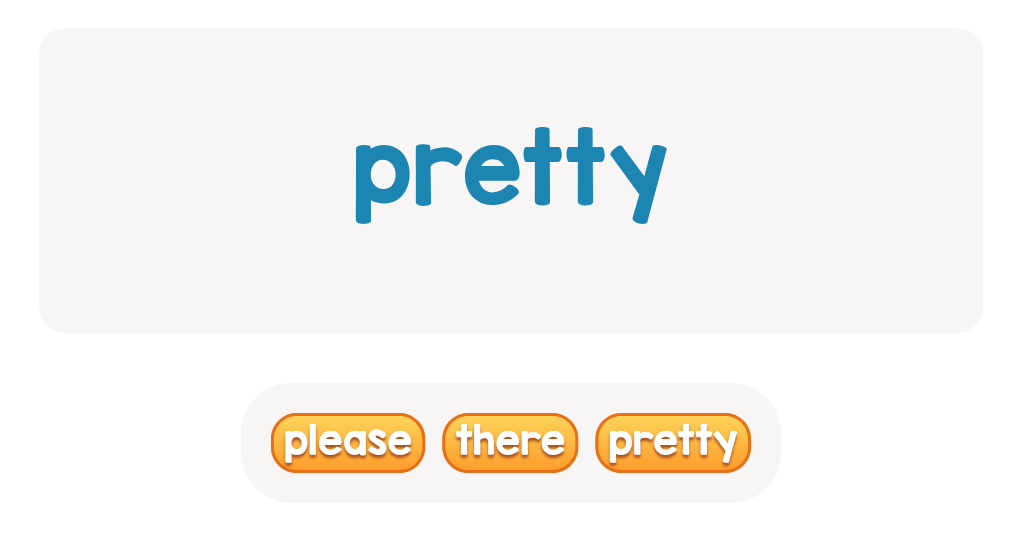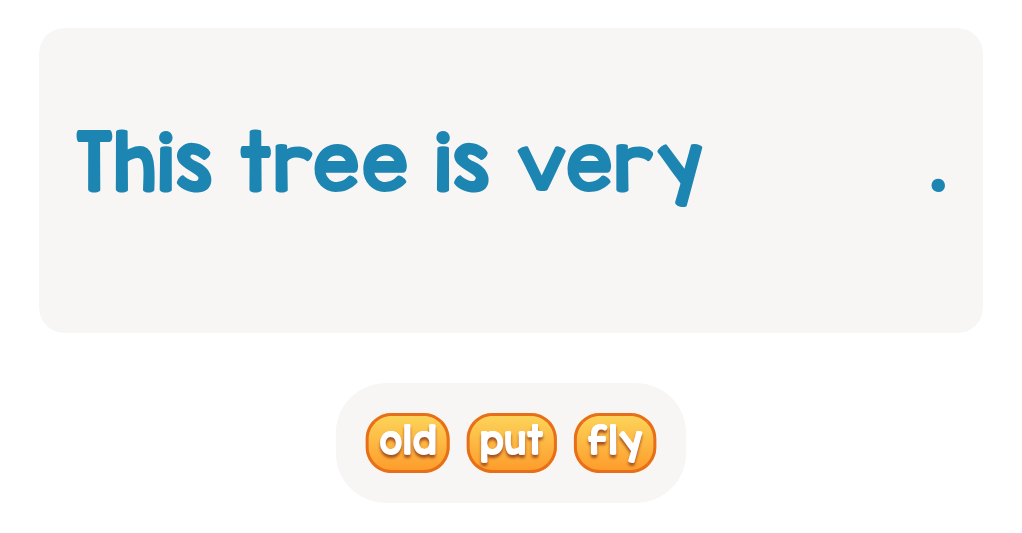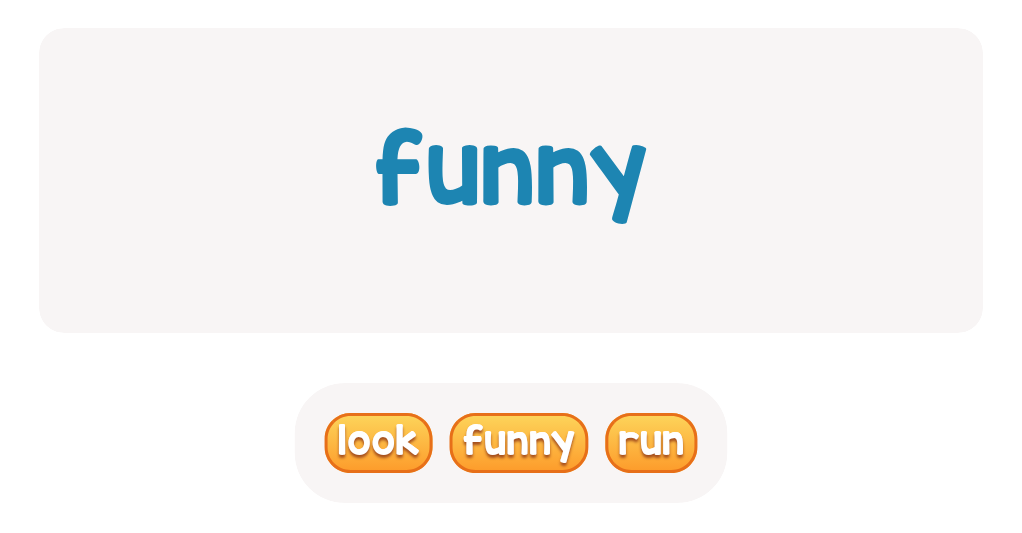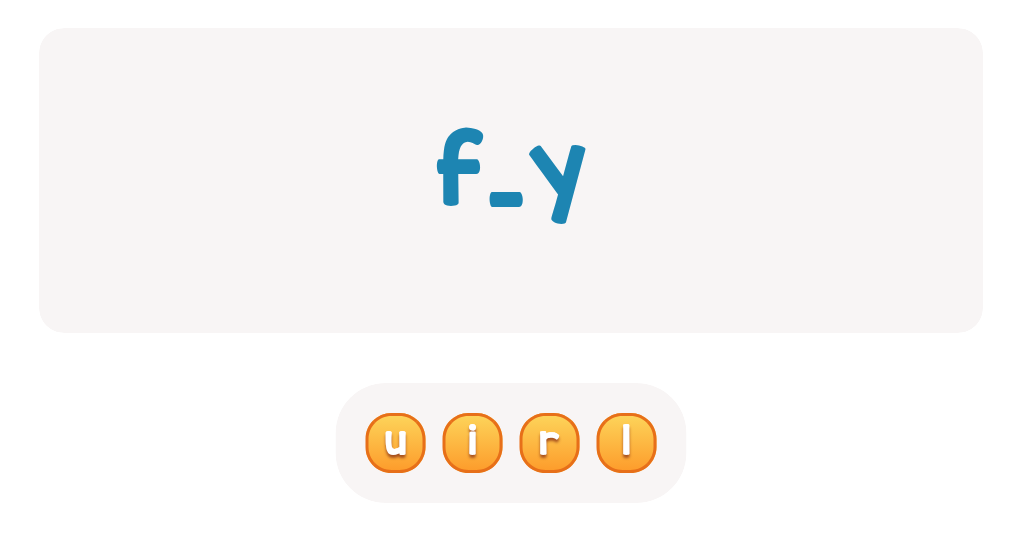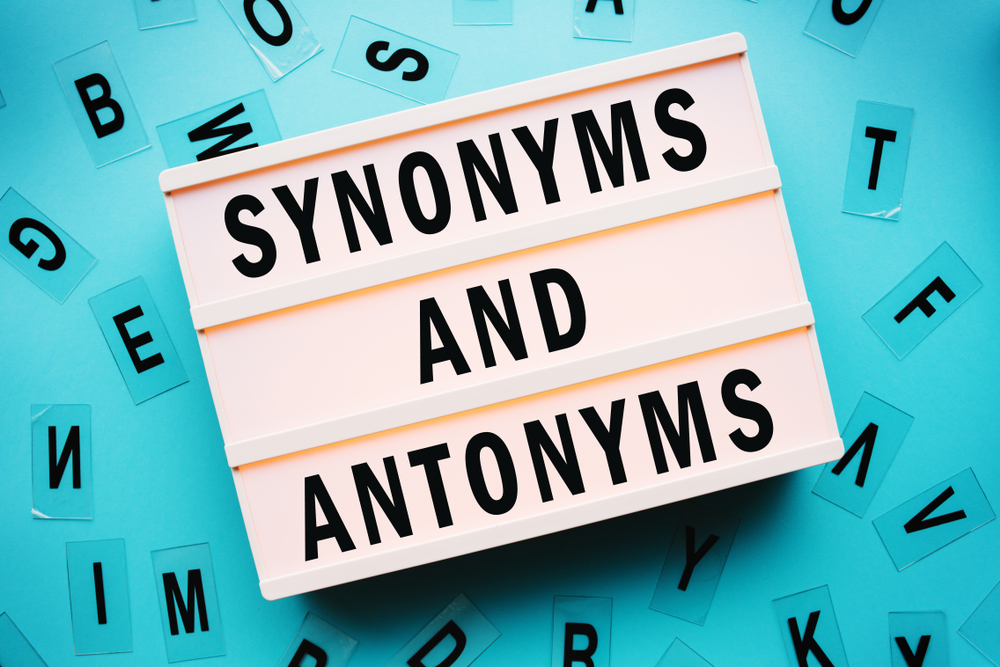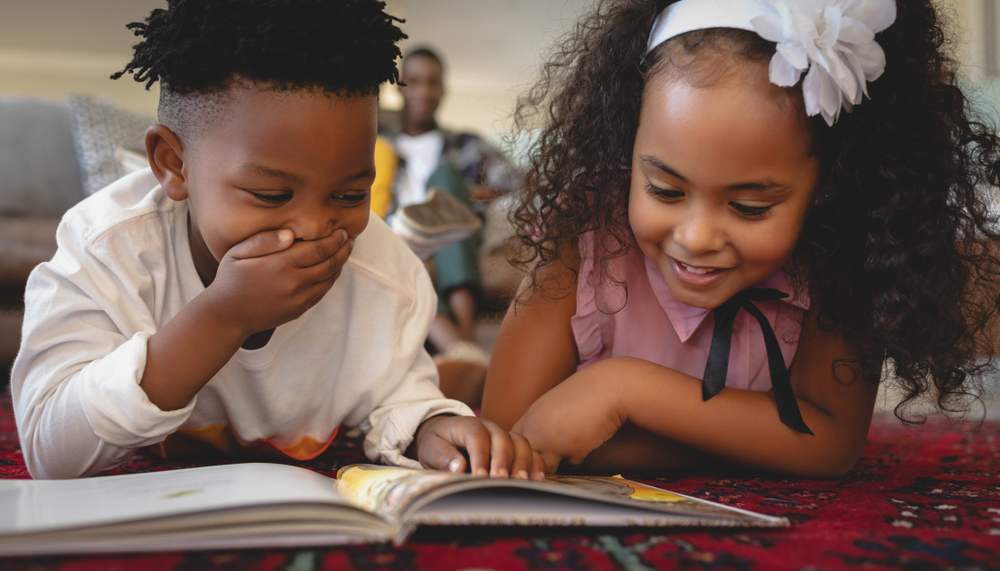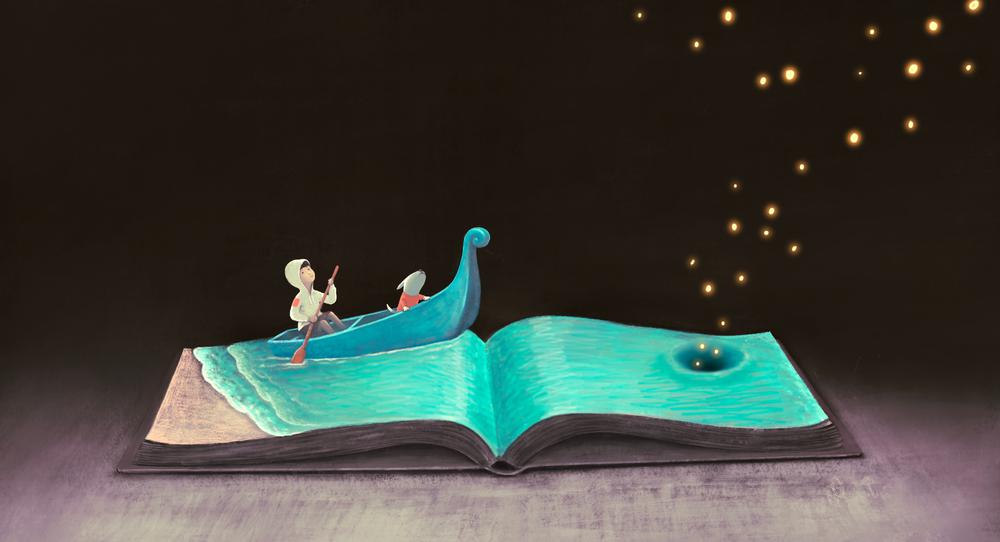Reading practice Building Vocabulary Worksheets for Ages 3-7
4 filtered results
-
From - To
Unlock a world of words with our engaging "Reading Practice Building Vocabulary Worksheets" designed for ages 3-7. These worksheets provide young learners with fun activities that foster critical vocabulary skills while nurturing a love for reading. With playful illustrations and simple language, children will explore new words in context, improving their comprehension and expression. Each worksheet is crafted to support early literacy development, helping to build confidence as they read. Ideal for both home and classroom use, our resources make learning enjoyable and effective. Empower your child’s language skills today with our interactive and stimulating vocabulary worksheets!
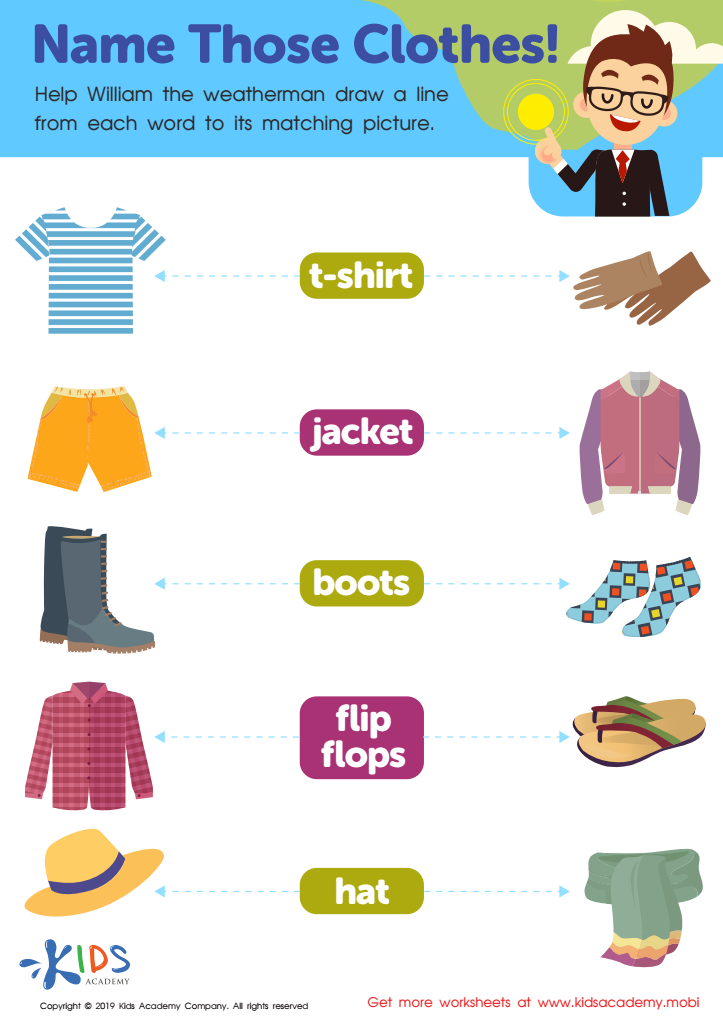

Name Those Clothes Worksheet


Sounding it Out: Part 3 Worksheet
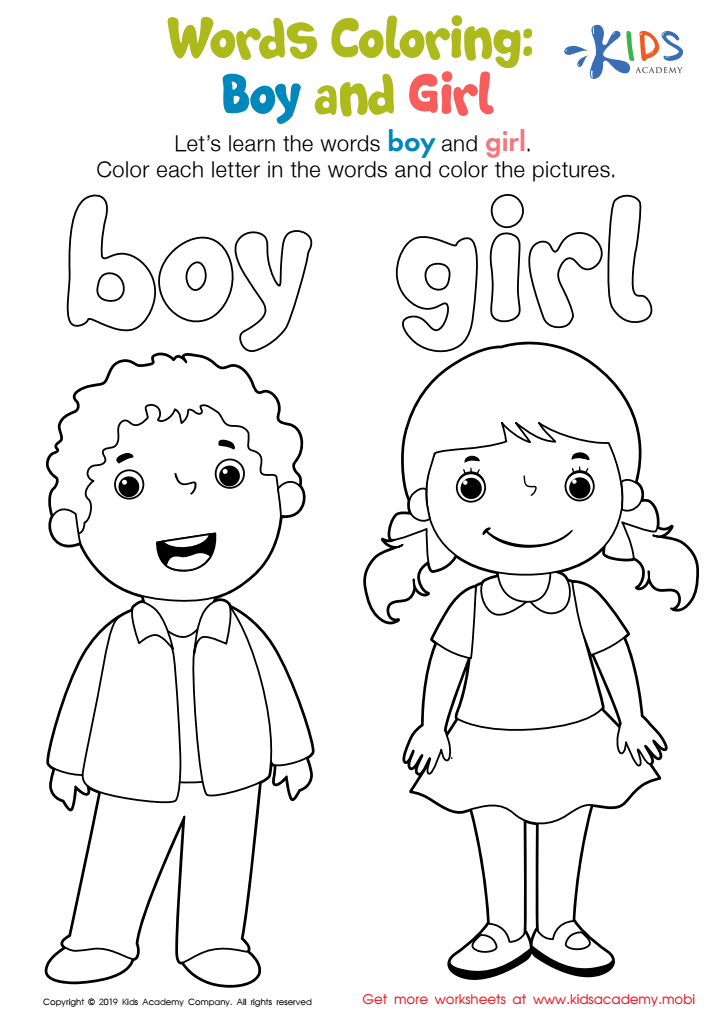

Boy and Girl Words Coloring Worksheet
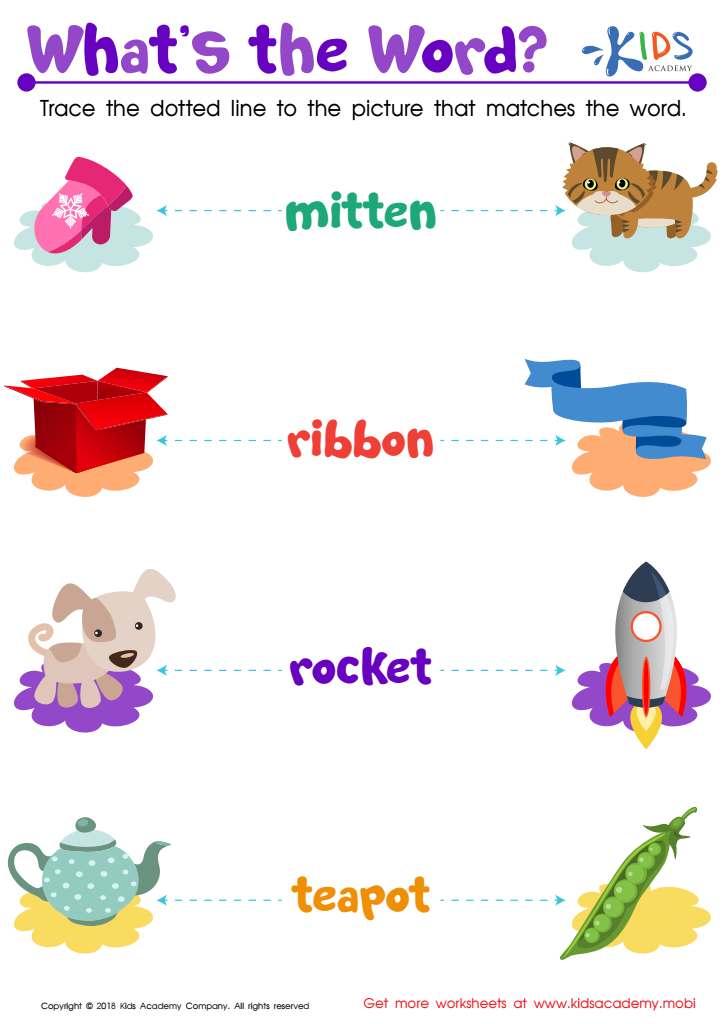

Reading: What's Word Worksheet
Reading practice and vocabulary building are crucial for children aged 3-7, laying a solid foundation for their future academic success and overall development. At this age, children are in a critical period for language acquisition. Engaging in consistent reading practices fosters a love for books and language, enhancing literacy skills that are essential for effective communication.
When children are exposed to a rich and varied vocabulary, they develop stronger comprehension skills, enabling them to understand and express complex thoughts. Vocabulary serves as the building blocks for reading; the broader their vocabulary, the easier it is for them to decode written text and fully grasp its meaning. Furthermore, a strong vocabulary correlates with better performance in school subjects across the board.
Parents and teachers play a pivotal role in creating a nurturing environment for reading and vocabulary development. Incorporating diverse reading materials such as stories, poetry, and informational texts exposes children to new words and concepts. Engaging children in conversations, asking open-ended questions, and introducing new vocabulary in context solidify their understanding. Ultimately, prioritizing reading practice and vocabulary building equips young learners with the tools they need for lifelong learning, fostering curiosity and critical thinking skills.
 Assign to My Students
Assign to My Students
